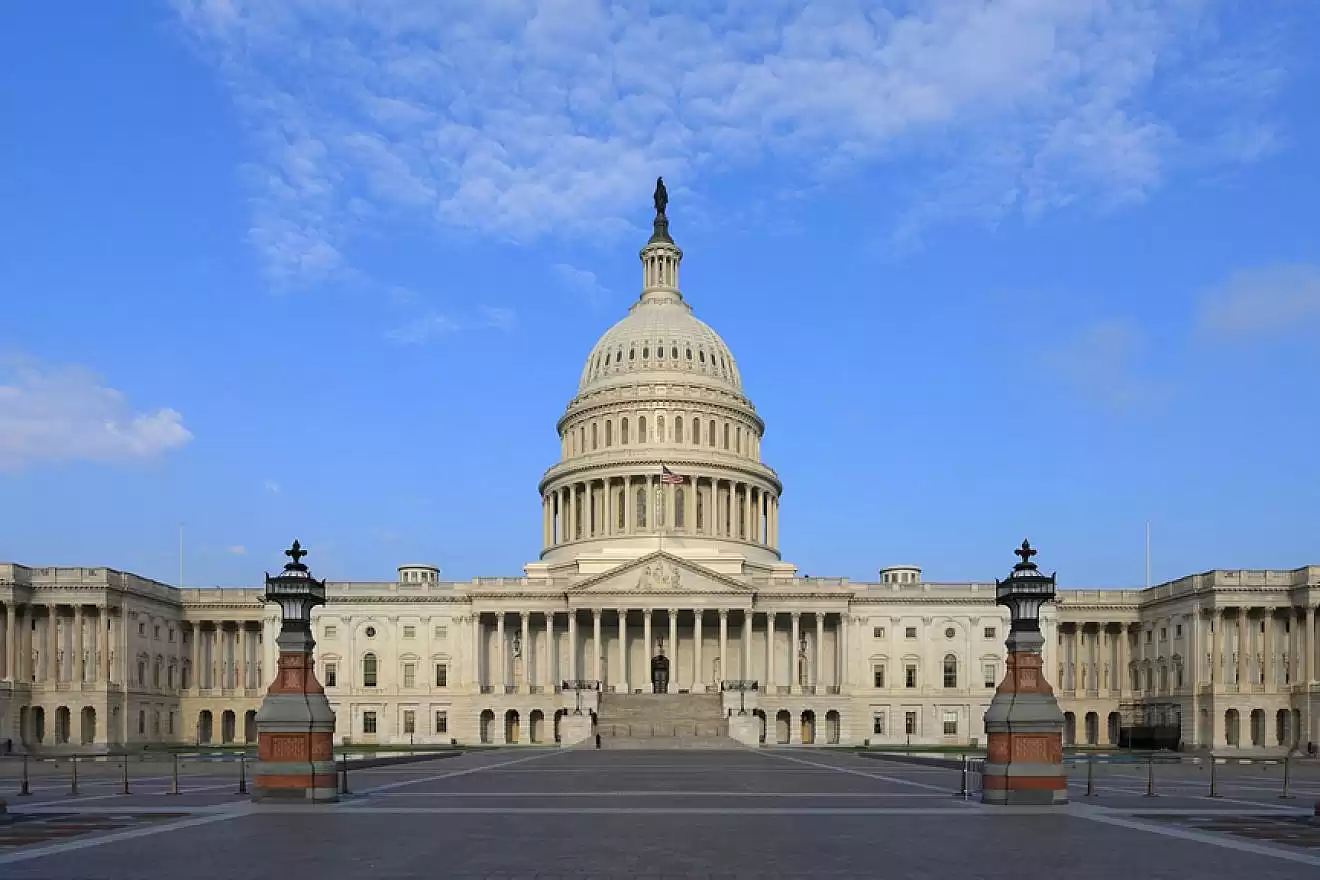A Federal Government Shutdown: What To Know
The possibility of a government shutdown is looming large, after Republican leadership scrapped a procedural vote on a stopgap funding bill to keep the government running through October. Intraparty feuding between moderates and the hard-right lies at the heart of the GOP's inability to reach a compromise and highlights the challenge before House Speaker Kevin McCarthy (R-Calif.).
The possibility of a government shutdown is looming large as Republican leadership faces intraparty feuding between moderates and the hard-right. Both factions agree on reducing federal spending, but a lack of information on budget numbers and assurances from the Senate has angered hard-right lawmakers. A proposed stopgap funding bill was scrapped, which would have triggered a 1 percent cut to current fiscal levels and kept the government funded until October 31. The government is typically funded through 12 annual appropriations bills, but if these bills aren't passed and signed into law by October 1, a partial shutdown could occur.
During a shutdown, the government is unable to spend money, resulting in delayed paychecks for federal workers, closed national parks, and unfulfilled food stamp payments. However, U.S. bond payments are not at risk as they are not funded through annual appropriations. House Speaker Kevin McCarthy promised conservatives that each bill would be handled separately, but only one of the 12 bills has passed in the House so far. The Senate has yet to pass any bills, although lawmakers there have less disagreement on spending.
The deadline for reaching an agreement on next year's budget and preventing a shutdown is September 30. The core issue is the amount of money the government should spend, with hard-right Republicans supporting a lower top-line budget than what was agreed upon earlier this year. Moderates oppose further spending cuts. Democrats argue that they should not have to vote for a lower spending number than what was agreed upon. The stopgap measure proposed by McCarthy would cut overall federal spending by 1 percent, but exempts certain categories such as the military. The White House views this proposal as a nonstarter.
Republicans are considering a shell bill that could allow moderates to force a vote to keep the government open. Another potential deal could be struck between the Republican Governance Group and the New Democrat Coalition. Government shutdowns affect federal workers, with unpaid leave for many and essential workers expected to continue working without pay. The U.S. Postal Service and Social Security payments would continue, but food stamp payments and environmental and food inspections could be disrupted. A shutdown could also have broader economic effects.
While stock prices have historically been unaffected by government shutdowns, missed paychecks for government workers can impact consumer spending and GDP. The most recent government shutdown in 2018 lasted 34 days, the longest in U.S. history, and ended due to delays at major airports.











Comments on A Federal Government Shutdown: What To Know